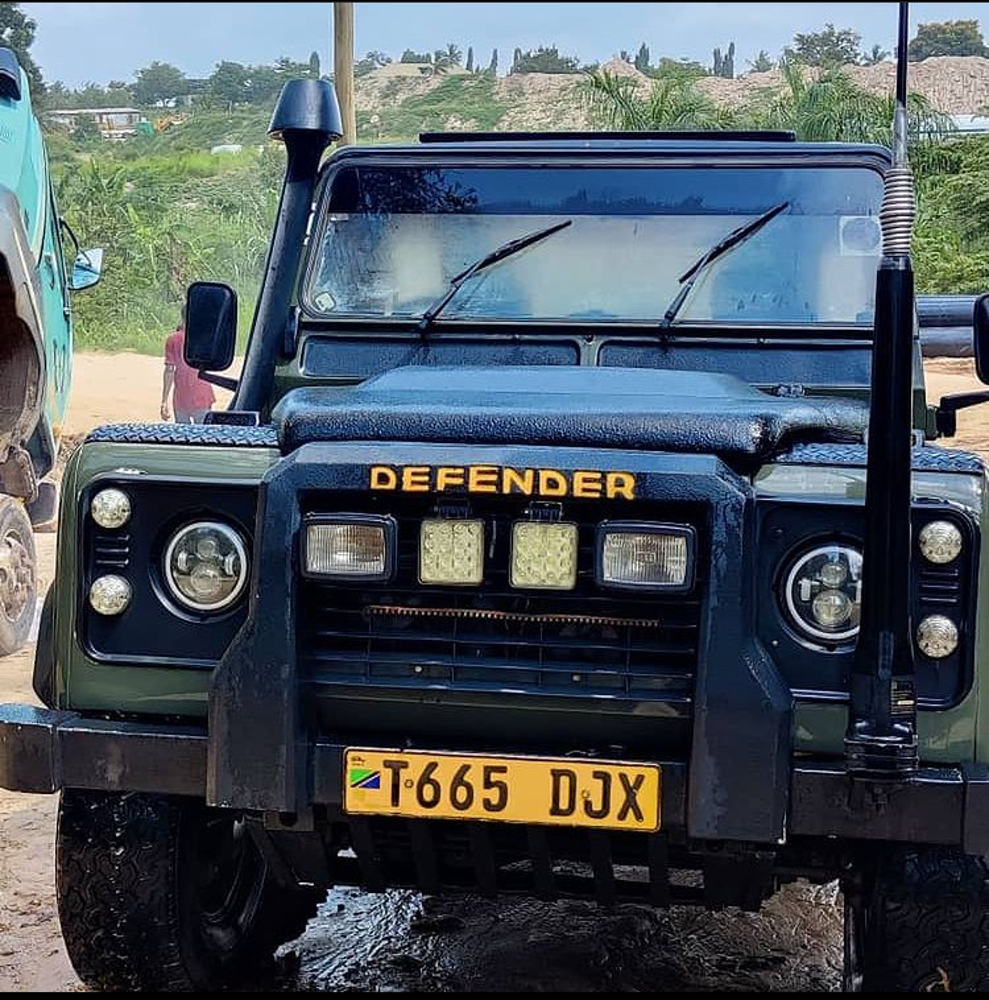Moshi Tanzania Travel Guide | Weather, Kilimanjaro Gates, Day Trips, Transport, Safety
Moshi is located just on the southern slopes of Mount Kilimanjaro and many times, you may clearly see the Kibo peak from Moshi. The town feels compact and walkable, with cool mornings, bright afternoons, and views of the mountain when clouds lift.
You can sleep in town and still reach Marangu or Machame Gate in about an hour, which is why climbers use Moshi as a base before and after a trek.
You reach Moshi by road from Kilimanjaro International Airport within one hour or about two hours from Arusha.
The JRO highway runs through villages with humps and school zones. Expect one hour in light traffic to Moshi, longer in rain or at school peaks. Buses and shuttles connect from Arusha and Dar es Salaam. Domestic flights land at JRO, then you continue by road. A few regional links use Moshi Airstrip for charters and scenic flights.
In contrast to other places like Dar es Salam, the Moshi people greet first, errands happen in daylight, and meals arrive without hurry. You will enjoy coffee farms, waterfalls, small museums, and short countryside drives.
If you plan a climb to the famous Kilimanjaro, the town provides rentals for trekking gear, last minute snacks, and simple medical checks. If you want a quiet base for family visits or coffee tours, Moshi works well all year.
Location and how to get in
Moshi lies east of Arusha on the A23 corridor. The main important places are JRO to Moshi, Arusha to Moshi, and Himo to Moshi for travelers coming from the Tanga side. Taxis and private transfers wait at JRO. Buses and shuttles use central stands in Moshi with schedules that bunch around morning and late afternoon. Rideshare apps operate in the region, though pickups may vary by time of day and traffic controls.
If you self drive, plan daylight for maximum security. The JRO to Moshi road is straightforward, yet night brings unlit trucks and pedestrians near village shoulders. Keep steady speeds, respect humps, and avoid last second overtakes. Refuel in town before exploring rural connectors. ATMs in the center offer better uptime than smaller machines outside town.
When to visit, weather, and seasons
Elevation keeps Moshi pleasant and sometimes colder compared to coastal places. Mornings can feel cool, afternoons warm, and evenings mild. Long rains often fall from March to May, with short rains around October to December. Showers can turn side tracks slick for a short time, then the sun firms the surface again. Clear mornings after rain can show the mountain, so start early for photos.
Dry months bring dust on murram roads to farms and waterfalls. Close windows, set gentle AC, and carry a small cloth for lenses and glasses. If you plan Materuni or coffee tours in the rains, wear shoes with grip and carry a light layer. You will still enjoy the day with calm pacing and good preparation.
Neighborhoods and feel
Central Moshi clusters around Mawenzi Road, Rindi Lane, Market Street, and Shanty Town. You find cafés, gear shops, pharmacies, and supermarkets within short walks. Residential areas spread toward Rau, Majengo, and Lema Road, with small clinics and schools along the way. Traffic pulses around school times and market windows, then softens in the afternoon. In the evening, people stroll, meet friends, and head home early.
You will meet easy courtesies. Greet with habari or shikamoo for elders. Say asante when helped. If you need directions, a simple naomba msaada gets a clear answer. Moshi values quiet cooperation more than speed, which makes the town feel kind to visitors.
Kilimanjaro gates and trek logistics
Most climbers pass through Moshi to reach Marangu, Machame, Mweka, Lemosho, or Rongai gates. Gates sit on different spurs of the mountain, so your drive time changes with the route. Marangu lies east through banana groves. Machame sits southwest beyond the highway. Lemosho starts farther west. Rangers check park permits at the gate and confirm group lists. If you wait for a returning climber, bring warm layers and water. Shade and patience help on cooler days.
Gear shops in town rent jackets, poles, and simple layers. Pharmacies stock common items. If you plan an early start, pay park fees and arrange documents the day before so gate day feels calm. For post climb recovery, most travelers spend one extra night in Moshi for laundry, hot meals, and sleep.
Day trips near Moshi
Materuni Waterfalls sits north of town through small farms and yes, this is one of the most exciting places you will enjoy around Moshi.
Another exciting place is Kikuletwa Hot Springs which lies west across open country with sandy patches in dry weeks. Pack a towel, water, and a simple lunch.
You can also go for a Marangu cultural visits include Chagga history, caves, and quiet paths under bananas. Rau Forest offers flat walking and birdlife close to town. Each trip works best for different persons expecting different experiences.
If the mountain appears, plan a safe pull off for photos. Do not block the lane or stop on soft shoulders. A few extra minutes of planning protect everyone and keep mood steady.
Money, SIM cards, and practical errands
ATMs in central Moshi serve major banks. Machines can run short at peak hours. Withdraw earlier in the day. Keep small cash for parking, tips, and market purchases. Many hotels and some restaurants accept cards, yet cash still helps. Mobile network counters and phone shops in town sell and register SIMs with your passport. Staff will load a data bundle and test your line. Store the SIM tray pin in your wallet.
Pharmacies handle routine needs. Supermarkets stock water, snacks, and toiletries. Markets sell fresh fruit, local coffee, and simple meals. If you travel with children, pack snacks and tissues so you can pause anywhere without hunting for a shop.
Safety, transport, and driving etiquette
Seat belts for all. Children in proper seats. Slow for school zones and zebra crossings. Around dala dala stops, expect pedestrians moving from both sides of the road. Greet at checkpoints. Present documents calmly. Choose watched bays for parking at night and tip attendants kindly. If rain sits over the highway, accept a slower pace and avoid flooded shoulders. Patience keeps the trip human.
Motorcycles and bicycles use edges near markets and schools. Signal early and leave fair gaps. At roundabouts, yield to traffic already inside and exit with a clear indicator. If you miss a turn, loop back rather than forcing a late cut. Small habits keep days smooth.
Health and accessibility
Carry any regular medication in original packaging. If you have mobility needs, choose lodging with ramps or ground floor rooms and confirm this before arrival. Trails at waterfalls can be slippery in rain, so bring shoes with grip and walk with a steady pace. If you need a clinic, ask your host for the nearest option and go in daylight for easy parking and clear directions.
Hydrate, use sunscreen in bright hours, and bring a light layer for evenings. If the sun clears the mountain, glare can be strong. Caps and sunglasses help, especially for children.







